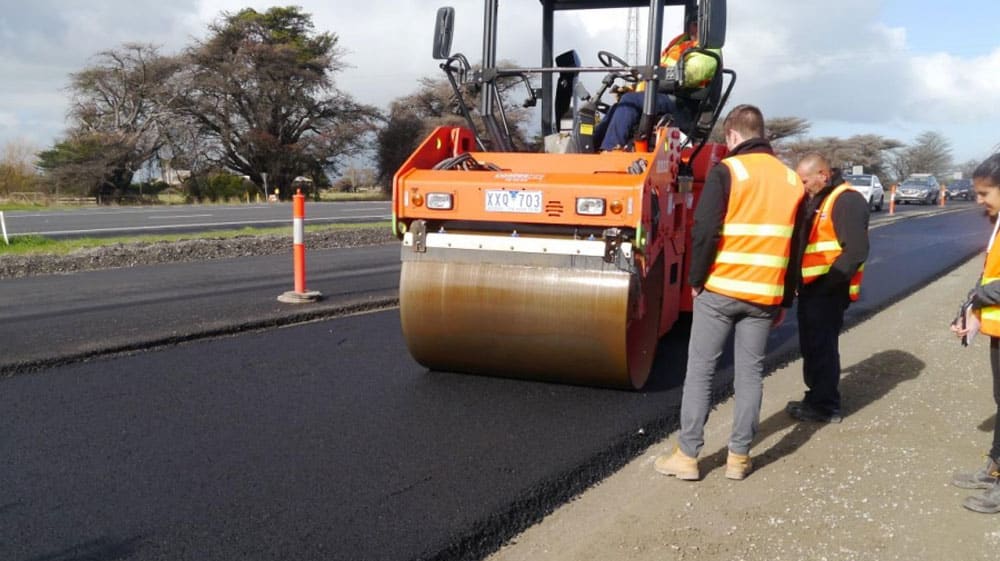
The use of EME2 is aimed at substituting the use of conventional dense graded material (i.e. AC20 – C600 binder) on heavily trafficked, high priority highways and motorways.
The recent advances in pavement technology have identified the benefits of this mix, characterised by enhanced fatigue and deformation resistance and increased constructability. From a design perspective, the use of EME2 is anticipated to exceed the performance of traditional AC20 asphalt mixes for reasons including:
In addition to the points above and with reference to the mix composition and relatively low air voids, Queensland Department of Transport and Main Roads (QDTMR) have outlined compacted layer thicknesses up to the 30% greater than the conventional AC20 counterpart.
In a similar context, it is recognised that whilst EME2 exhibits superior characteristics from a theoretical perspective, however there are a number of limitations that currently apply for its use, including:
When considering the use of EME2 in a pavement design application, the whole of life costs should be analysed in conjunction with suitably qualified contractors to ensure capability and compliance.
For more information on Global Road Technology High Modulus Asphalt (EME2) please contact GRT.
Are environmental regulations, health and safety concerns or potential profit loss a concern right now?
Contact Us Now